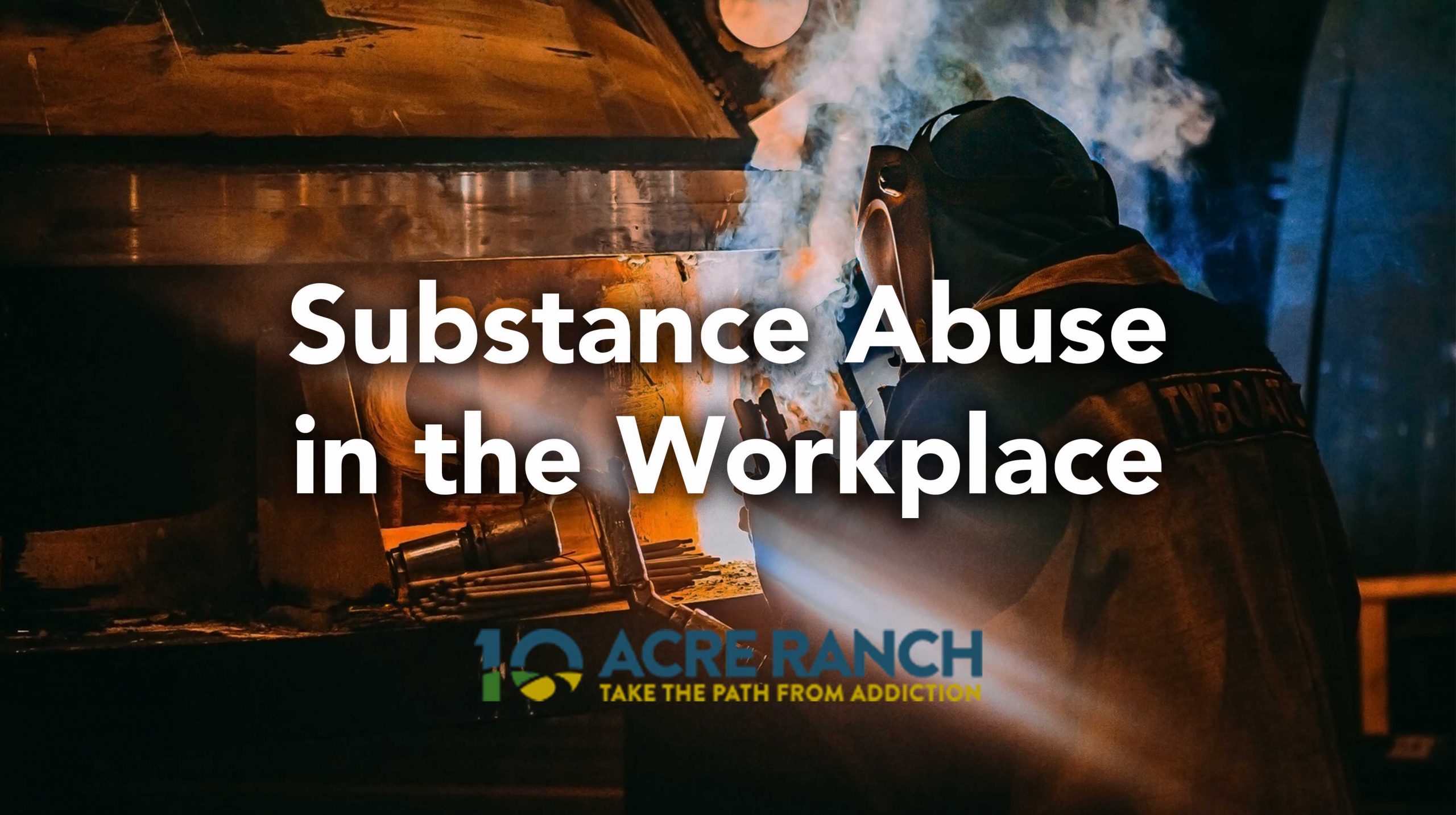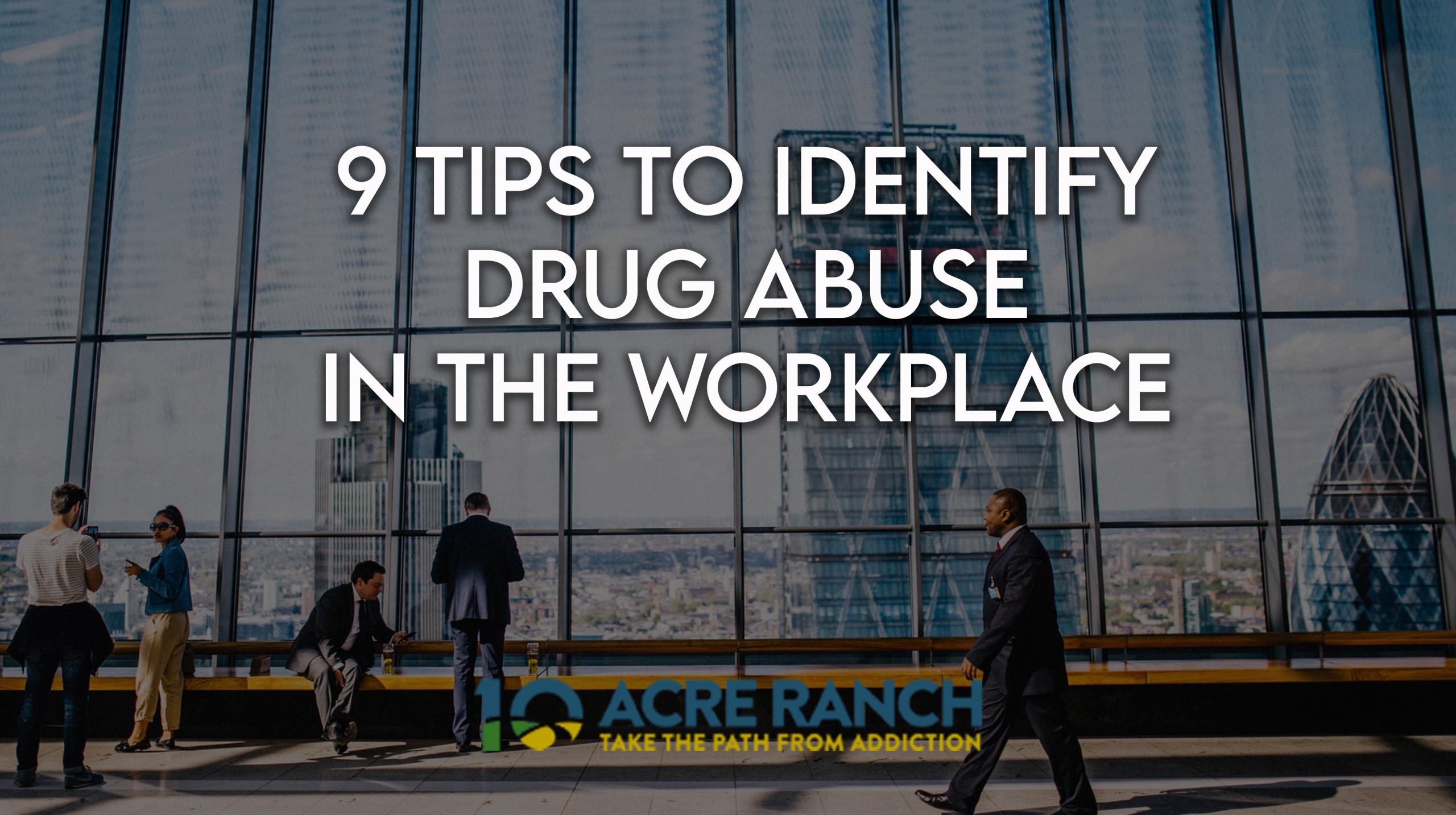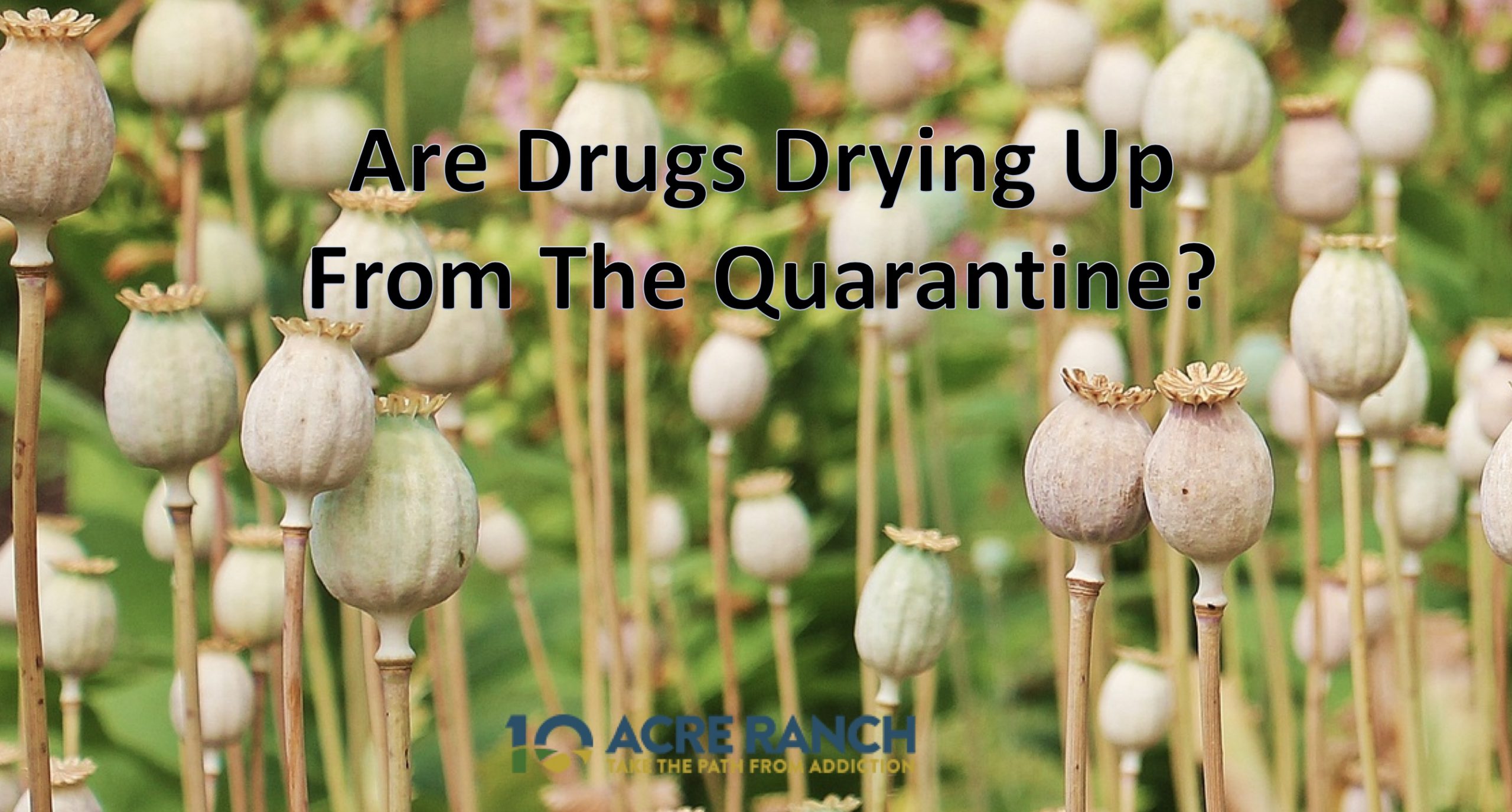instead of seeing them as another human being is causing a great harm to our society. This negative stigma often discourages …
9 Tips to Identify Drug Abuse in Your Workplace: How You Can Help Employees Who Are Struggling With Addiction
Drug abuse tends to be a sensitive topic at the workplace. Most people feel like they need to hide their problems with drugs or …
What is the Social Model of Recovery and How Can it Help Addicts?
Even more interestingly so, was that for the elderly population, meaning anyone above the age of 65, the number of people who …
Continue Reading about What is the Social Model of Recovery and How Can it Help Addicts?
Are Drugs Drying Up During Quarantine?
This virus has also caused economic shut downs, calling for the forced closure of any business deemed non-essential. While the …
Continue Reading about Are Drugs Drying Up During Quarantine?










